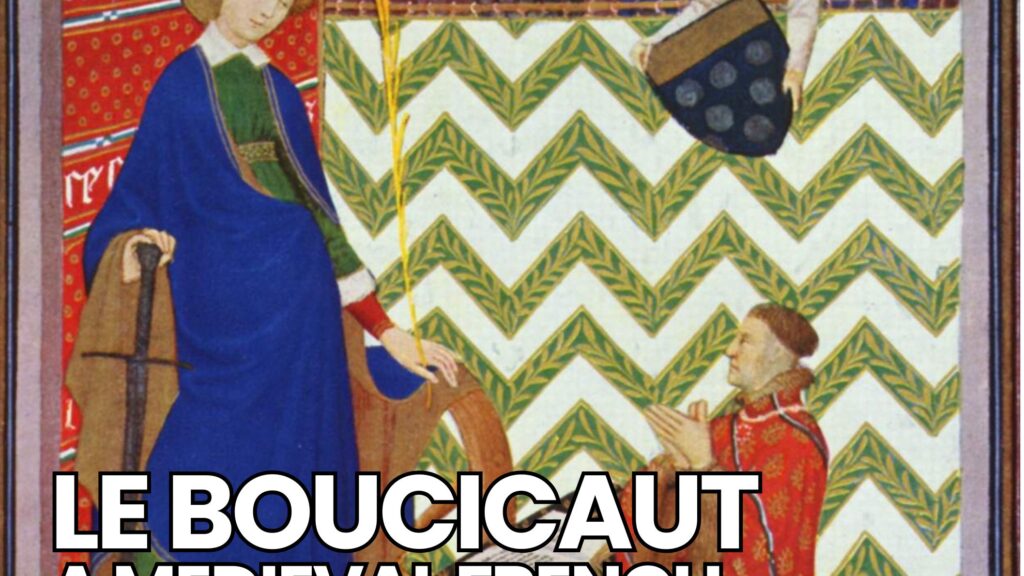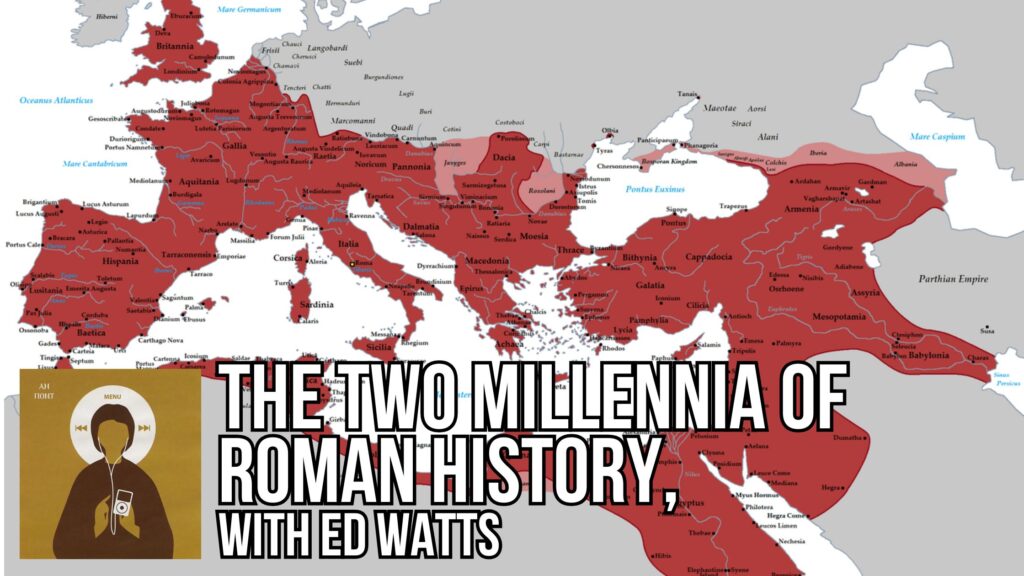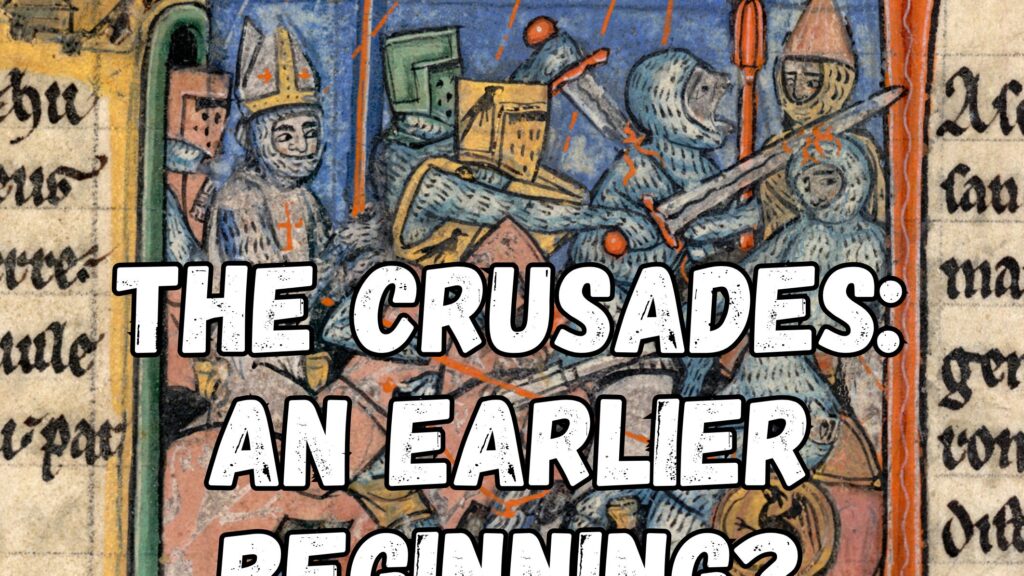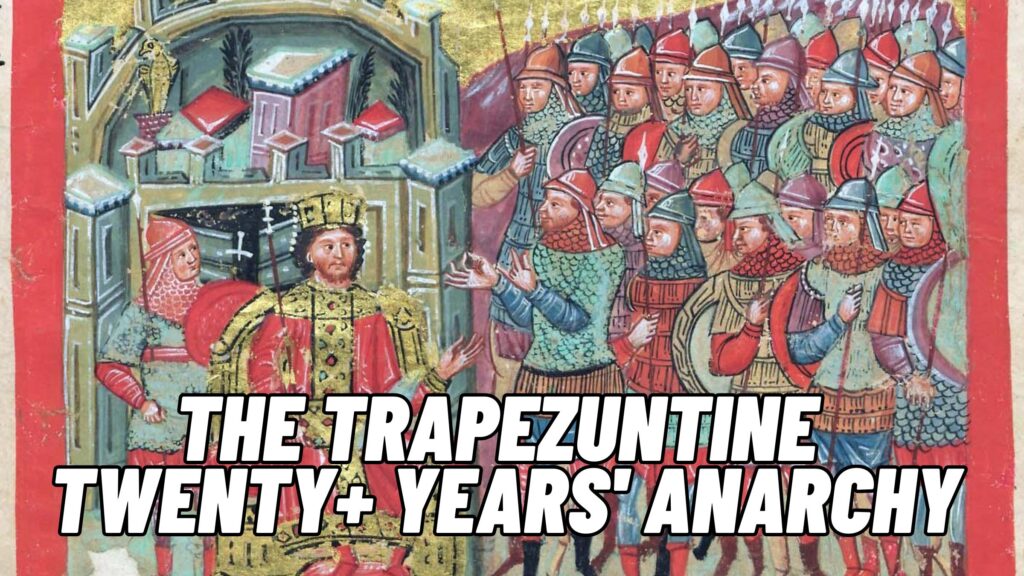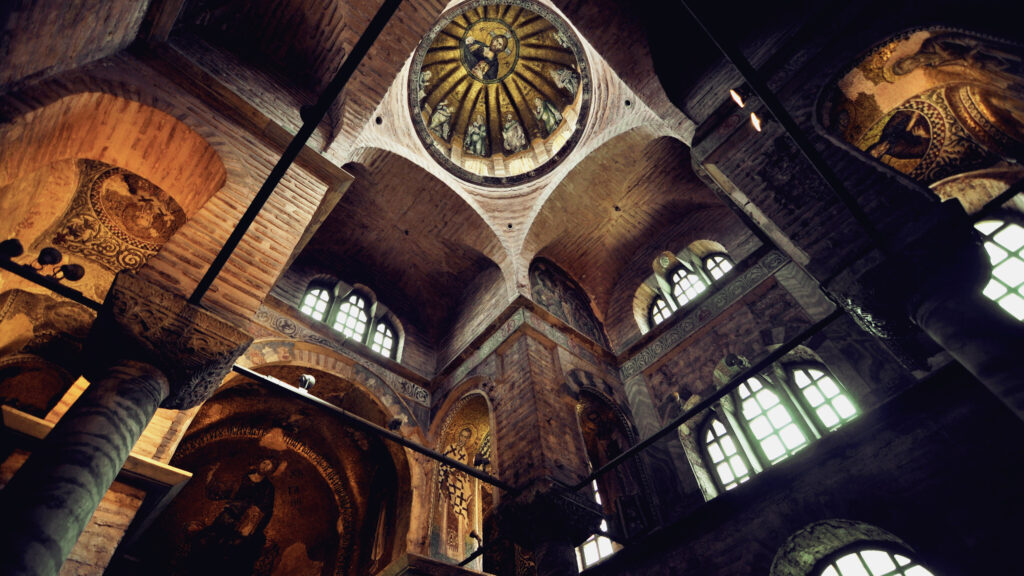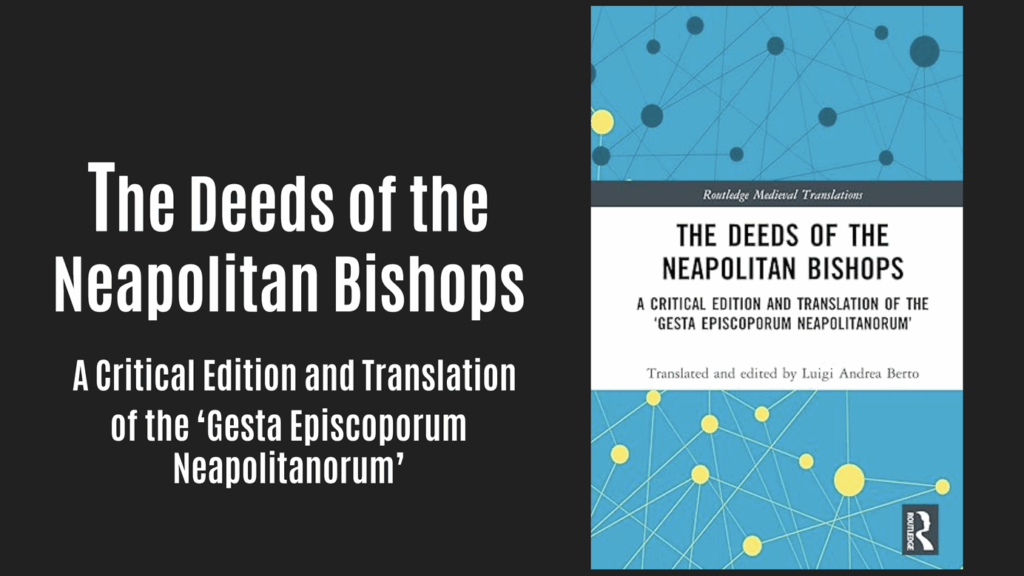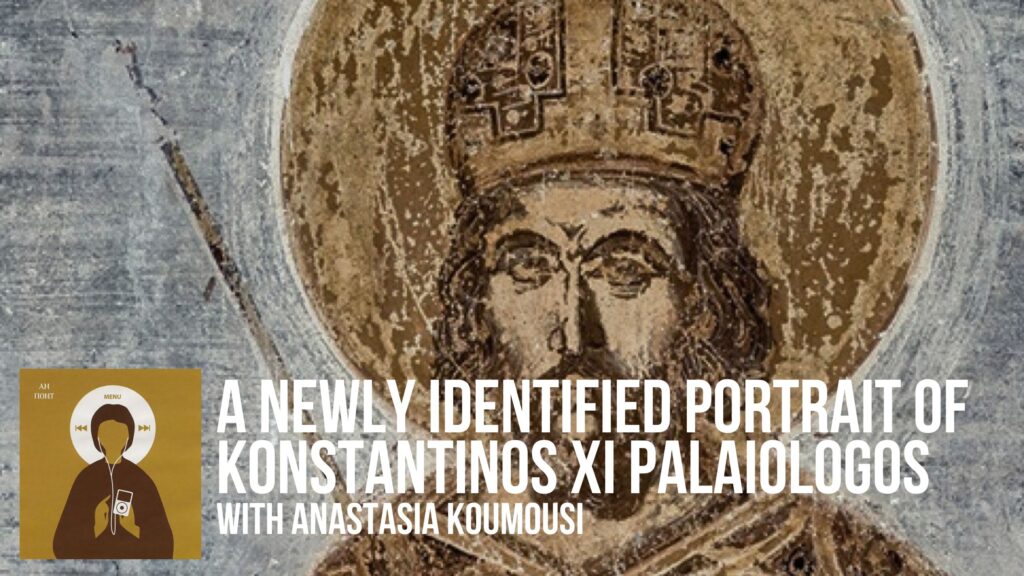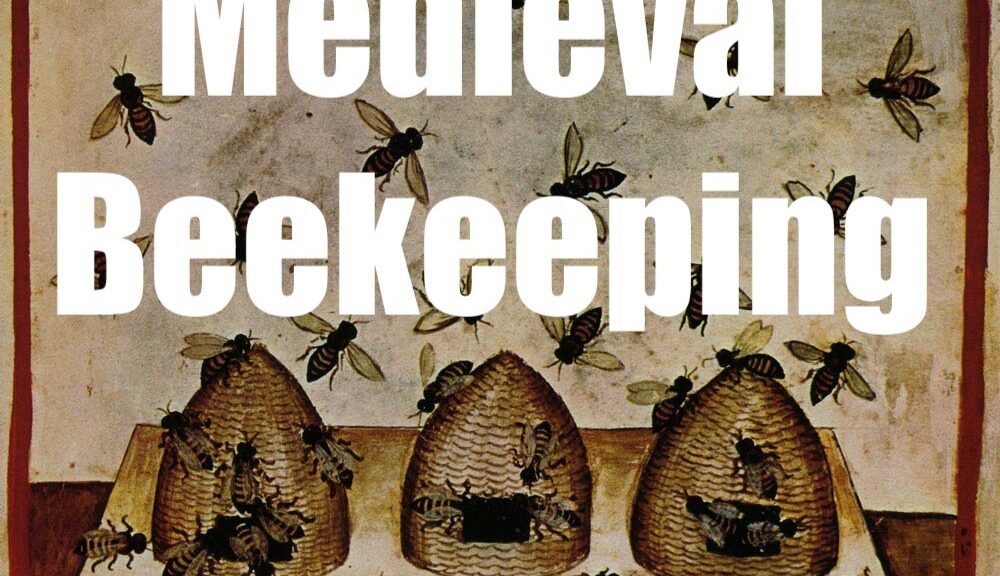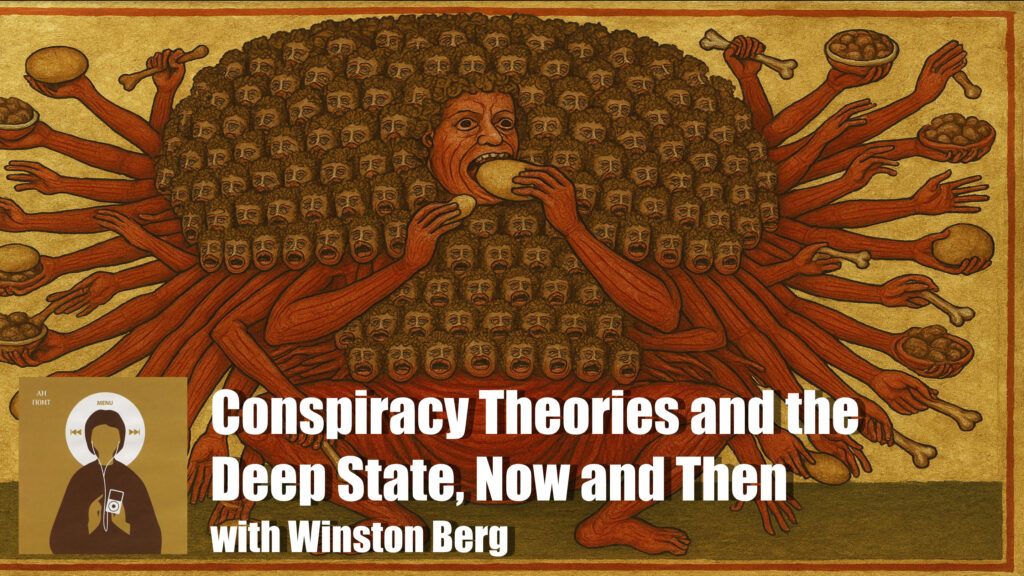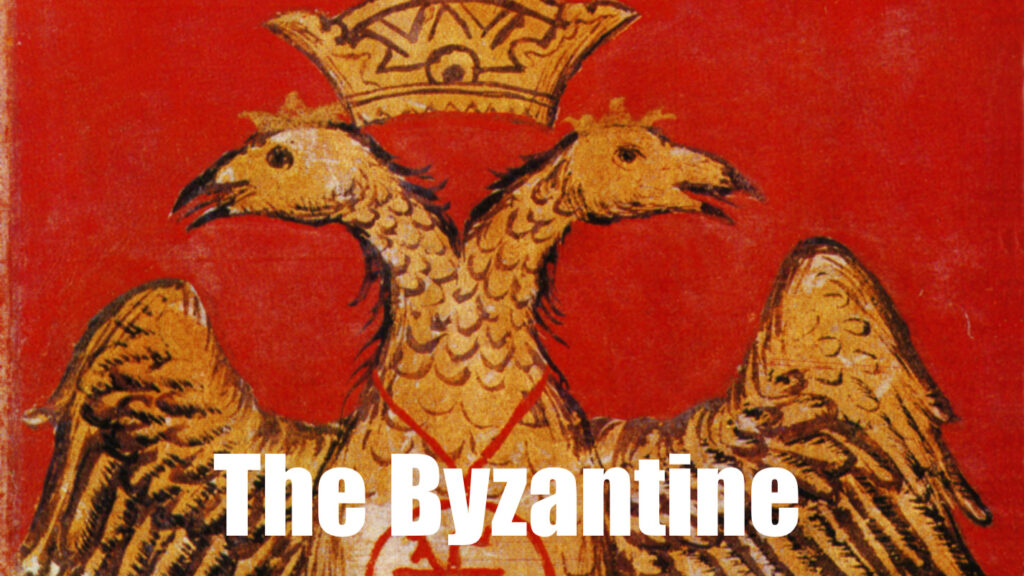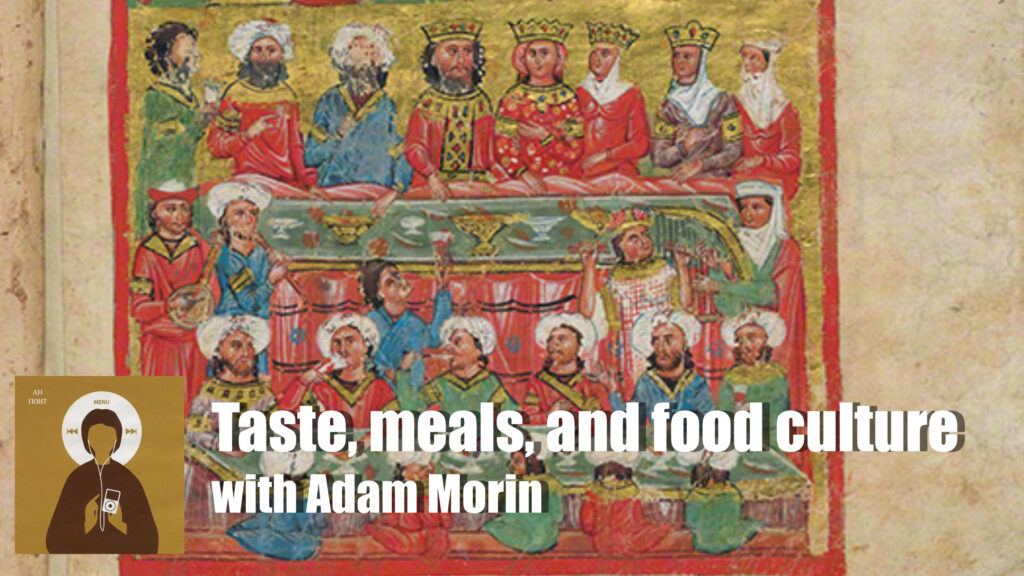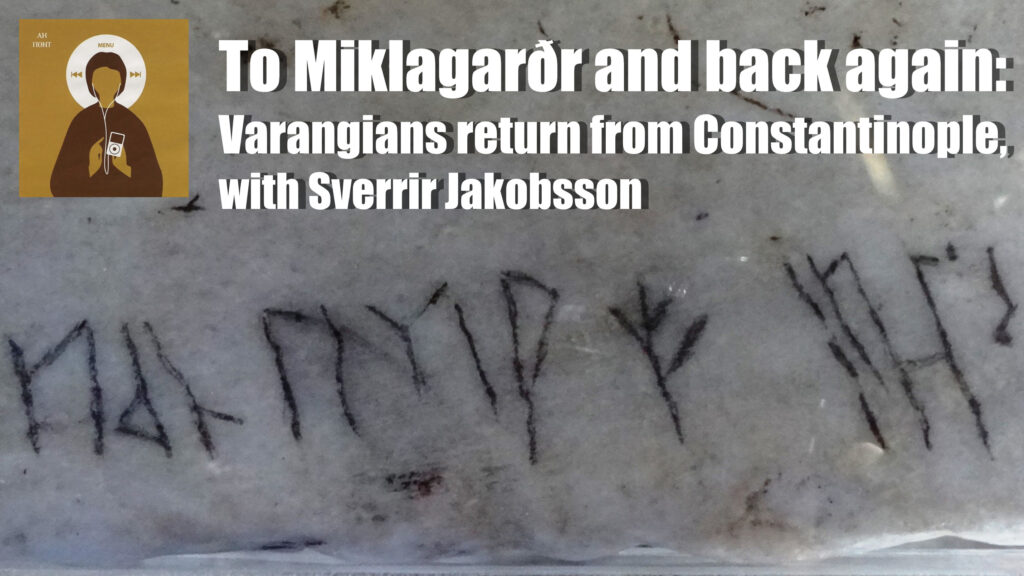Medieval Dreaming and Divination in Byzantium
Explore how Byzantines—emperors and commoners alike—interpreted their dreams through intuition, tradition, and oneirokritika, revealing a rich spiritual culture that blended ancient beliefs with Christian thought.
Le Boucicaut: A Medieval French Marshal in Byzantium
Explore the remarkable journey of Boucicaut, the medieval French marshal whose 1399–1400 expedition to Byzantium placed him at the centre of crusading politics and Ottoman-Byzantine conflict
The Two Millennia of Roman History, with Ed Watts
A conversation with Ed Watts about his recent book, The Romans: A 2,000 Year History, which covers two millennia of Roman history, down to 1204 AD.
Coping with earthquakes in the churches of Constantinople, with Mark Roosien
A conversation with Mark Roosien about the earthquakes that struck Constantinople in late antiquity and about how emperors and the people of the City reacted to them in the moment. We focus on the church liturgies that commemorated and tried to make sense of them.
Could the Crusades Have Started Decades Earlier?
New research suggests that the Crusades may have begun far earlier than 1095. A study of a 1062 Byzantine embassy reveals Emperor Constantine X Doukas may have sought Western aid—and even invoked Jerusalem—decades before the First Crusade.
The Trapezuntine Twenty+ Years’ Anarchy: The Least Known Roman Civil War
For twenty years, medieval Trebizond was torn apart by assassinations, coups, and betrayals that set emperor against emperor. This little-known 14th-century civil war shows how chaos and ambition shaped one of the last outposts of Rome.
Lost in Translation: What the West Misunderstands About Byzantium
By Zoe Tsiami Byzantium often feels like a forgotten chapter in history, drifting between the grandeur of Rome and the vibrant Renaissance. For…
New Medieval Books: The Deeds of the Neapolitan Bishops
In the eighth and ninth centuries, Naples was an autonomous city-state navigating complex relationships with its neighbours. This book presents the original text and translation of a contemporary account that chronicles the city’s local history during this period.
The Renaissance and Byzantium are characters in the same play, with Ada Palmer
A conversation with Ada Palmer about the invention of the idea of the Italian Renaissance and the functions that it serves in the western historical imagination. “Byzantium” is a similarly invented category that often works in tandem with “the Renaissance” to mark good and bad moments in the history of culture.
A newly identified portrait of Konstantinos XI Palaiologos (1448-1453), with Anastasia Koumousi
A conversation with Anastasia Koumousi about the recently identified portrait of the last emperor of the Romans in Constantinople, Konstantinos XI Palaiologos, in a monastery church in the northern Peloponnese.
Captivity and Enslavement in the Late Medieval Aegean, with Alasdair Grant
A conversation with Alasdair Grant about the captivity and enslavement that many Greeks (Romaioi) experienced in the late medieval period, a period of state collapse during which they were subject to Italian and Turkish raids and attacks.
The Bees of Byzantium: A 10th-Century Guide to Medieval Beekeeping
Discover how medieval Byzantines kept bees with practical advice from the 10th-century Geoponika, a rare farming manual that covers hives, honey, and the remarkable nature of bees.
New Medieval Books: History of the Arab Invasions: The Conquest of the Lands
Futuh al-Buldan is one of the most important primary sources for the early history of Islam. Written around the year 867, it chronicles the era of the Prophet Muhammad, and Muslim expansion into Syria, Egypt and Iraq.
New Medieval Books: Muhammad’s Military Expeditions
Between 622 and 632, the early Muslim community became involved in a series of military conflicts with rival Arabian groups and the Byzantine Empire. This book examines the military history of these encounters, “emphasizing them as a series of tribal incursions rather than religious missions.”
Conspiracy Theories and the Deep State, Now and Then, with Winston Berg
Winston Berg is a political scientist who studies modern American conspiracy theories about politics and the deep state; his dissertation studied the movement known as QAnon. Given our political moment, I thought it would be interesting to discuss with him the different contours and valences that conspiracy theories and deep state notions took in the east Roman polity and in the United States.
The Twenty Medieval Sieges of Constantinople
Discover the twenty medieval sieges of Constantinople, from early attacks by Avars and Arabs to the city’s final fall in 1453.
Hagia Sophia’s Dome Undergoes Restoration to Withstand Earthquakes
Turkish authorities have begun restoring the dome of Hagia Sophia to improve its earthquake resilience—a major project for the nearly 1,500-year-old structure with a long history of seismic damage.
The Double-Headed Eagle in Byzantium: Myths and Realities
It’s a familiar image on church banners and tourist souvenirs: the double-headed eagle soaring over the memory of Byzantium. Yet the real story behind this symbol is far more complex — and far older — than many realize.
New Medieval Books: The Hippodrome of Constantinople
The Hippodrome of Constantinople stood at the heart of Byzantine public life. This book explores the history of the stadium, the thrilling chariot races it hosted, and the vital role it played in the political, social, and cultural fabric of the empire.
The Starving Scholar: A Medieval Satire
A 12th-century Byzantine poem by Theodore Prodromos mocks the false promises of education through the voice of a hungry scholar who finds his purse full of parchment instead of coin.
New Medieval Books: Byzantine Dress
This book presents eleven essays exploring clothing and fashion in the Byzantine Empire. Together, they reveal the diverse ways medieval people dressed—and how their garments often carried deep cultural, social, and symbolic significance.
Byzantine taste, meals, and food culture, with Adam Morin
A conversation with Adam Morin about categories of taste, the meal structure, and the food and ingredients that east Romans ate. What foods were prized and what looked down upon? How do we know what they ate? What do we know about individual preferences?
New Medieval Books: Byzantine Sources for the Crusades, 1095-1204
These translated sources present Byzantine perspectives on the First through Fourth Crusades, offering a view of the Crusades as seen from Constantinople.
To Miklagarðr and back again: Varangians return from Constantinople, with Sverrir Jakobsson
A conversation with Sverrir Jakobsson about the experiences of Northmen — especially Varangians — who traveled to Constantinople and the south and returned home with stories, swords, riches, and prestige.
New Medieval Books: The Church of St. Polyeuktos at Constantinople
Built in the 6th century, the Church of St. Polyeuktos was once the largest church in Constantinople. This book tells the story of this building and its rediscovery in the 1960s.

